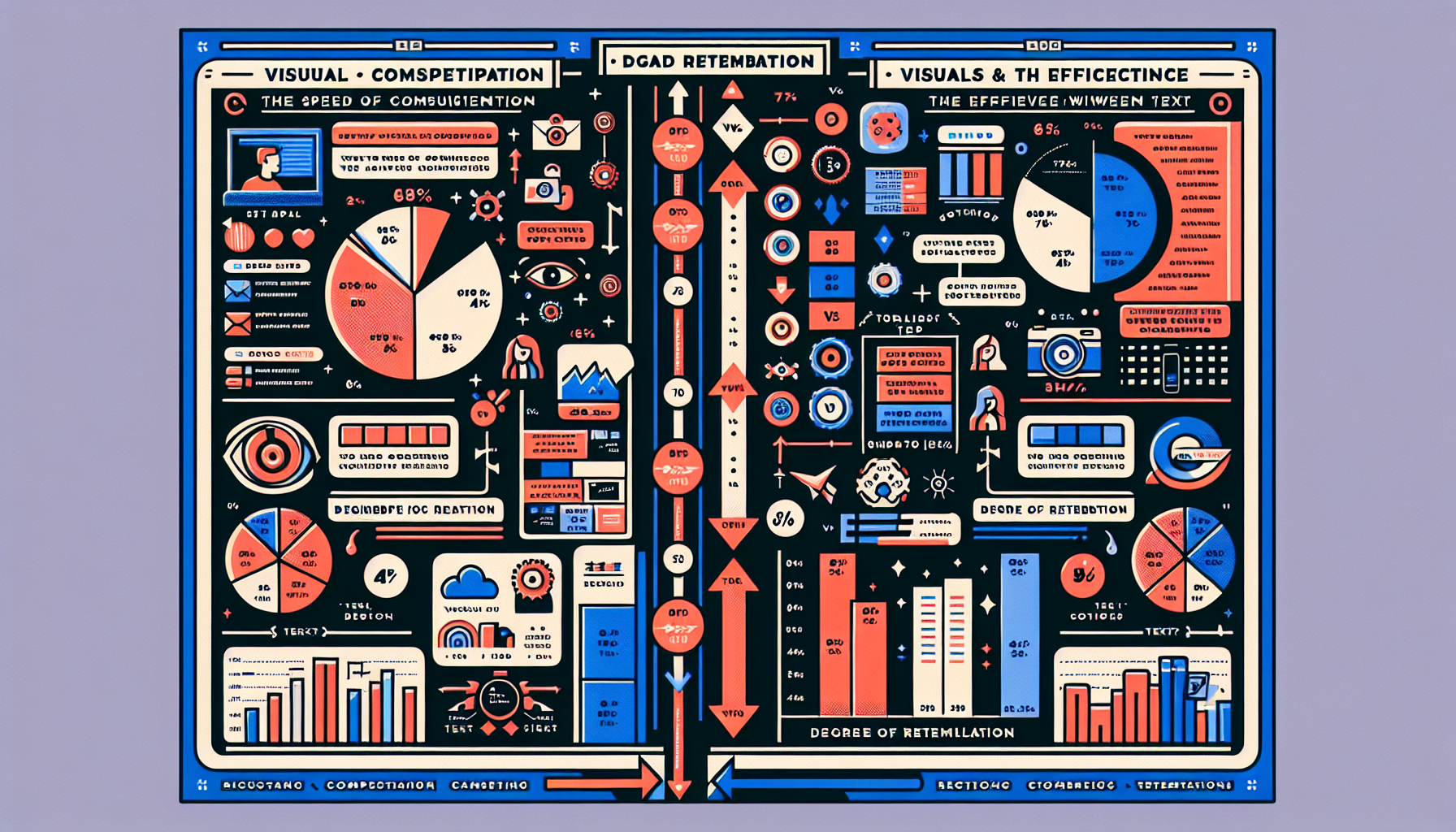The Pay Gap in News Anchoring: Gender and Diversity Perspectives

Research has consistently shown that female news anchors earn significantly less than their male counterparts. According to a study by the American Association of University Women (AAUW), women in media, including news anchors, earn about 82 cents for every dollar earned by men. This disparity is particularly pronounced for women of color, who face compounded inequalities that further widen the gap. A notable example is that of a respected female anchor who, after years in local television, made the leap to a national network. Despite her extensive experience and a dedicated viewer base, she found that her male colleagues often received significantly higher salaries. In various interviews, she candidly discussed how this salary disparity affected her sense of worth and career trajectory, leading her to advocate for greater transparency in salary negotiations. Her experience is not isolated; many women in the field share similar stories of frustration and inequity, highlighting a systemic issue that continues to plague the industry.
Challenges of Diversity in News Anchoring
In addition to the gender pay gap, the lack of racial diversity among news anchors exacerbates the problem of pay inequality. While there has been some progress in representation, many networks still struggle to reflect the demographics of the communities they serve. A recent report indicated that while 37% of the U.S. population identifies as a person of color, only 23% of news anchors belong to these groups. This underrepresentation not only limits the perspectives presented in news coverage but also affects the salaries of diverse anchors, who may be less likely to negotiate assertively for their worth. Interviews with industry insiders reveal that many minority news anchors encounter additional barriers, including bias and fewer opportunities for career advancement. One African American female anchor recounted her experience of being passed over for promotions in favor of less experienced white male colleagues. She emphasized that this not only impacted her salary but also fostered a sense of disillusionment about the industry, highlighting the urgent need for systemic reform.
Advocating for Change
In response to these inequities, many industry professionals and advocates are calling for change. Organizations such as the National Association of Black Journalists (NABJ) and the Association for Women in Sports Media (AWSM) are working to raise awareness about these issues and provide resources for negotiation and career advancement. They advocate for transparency in salary discussions and urge networks to adopt policies that promote diversity and equity in hiring and compensation. Some news organizations are beginning to reevaluate their pay structures and implement initiatives aimed at addressing these disparities. For example, a prominent network recently announced a commitment to conducting annual pay audits to ensure equitable compensation across gender and racial lines. This proactive approach not only benefits the anchors but also enhances the credibility of the news organizations in the eyes of the public, reinforcing the importance of fairness and inclusivity in news media.
The gender pay gap and the lack of diversity in news anchoring are pressing issues that demand immediate attention and action. By highlighting the experiences of industry professionals and advocating for systemic change, we can work toward a more equitable media landscape. It is crucial for news organizations to recognize the value of diverse voices and ensure that all anchors are compensated fairly for their contributions. Only then can we hope to create a media environment that truly reflects the rich tapestry of society and fosters a more inclusive public discourse. As we move forward, the commitment to equity and diversity in news anchoring will not only improve the industry but will also contribute to a more informed and representative society.
Broadcast News Producer
CNN, NBC, ABC
Core Responsibilities
Oversee the content and production of news segments, ensuring timely and accurate reporting.
Coordinate with reporters and anchors to develop story ideas and maintain a cohesive narrative.
Manage the technical aspects of broadcast production, including timing and video editing.
Required Skills
Strong understanding of journalism ethics and news writing.
Proficiency in video editing software (e.g., Avid, Final Cut Pro).
Excellent organizational and leadership abilities to manage production teams.
Common Employers
Major news networks like CNN, NBC, and ABC, as well as local news stations.
Multimedia Journalist (MMJ)
Vice, Vox Media
Core Responsibilities
Research, write, and report news stories across various platforms, including TV, online, and social media.
Shoot and edit video content, ensuring high-quality visual storytelling.
Engage with the community to uncover local stories and conduct interviews.
Required Skills
Strong writing and storytelling skills, with experience in both broadcast and digital media.
Familiarity with camera equipment and video editing software.
Ability to work independently and meet tight deadlines.
Common Employers
Local television stations, digital news outlets, and media companies like Vice and Vox Media.
News Anchor
Fox News, MSNBC
Core Responsibilities
Deliver news stories live on air, presenting information in an engaging and clear manner.
Conduct interviews with experts, witnesses, and community members to enhance news coverage.
Collaborate with producers and reporters to develop show scripts and segment ideas.
Required Skills
Strong on-air presence and public speaking abilities.
Ability to think critically and respond quickly during breaking news situations.
Previous experience in journalism or communications, often requiring a degree in a related field.
Common Employers
National and local TV stations, cable news networks such as Fox News and MSNBC.
Social Media Manager for News Organizations
BuzzFeed, The Huffington Post
Core Responsibilities
Develop and implement social media strategies to enhance audience engagement and reach.
Curate and create content across various social media platforms, including Twitter, Facebook, and Instagram.
Monitor social media trends and analyze engagement metrics to refine content strategies.
Required Skills
Strong writing and communication skills, with an understanding of how to tailor content for different platforms.
Familiarity with social media analytics tools (e.g., Hootsuite, Sprout Social).
Ability to work collaboratively with news teams to ensure brand consistency.
Common Employers
News organizations, media companies, and digital platforms like BuzzFeed and The Huffington Post.
Diversity and Inclusion Specialist in Media
National Association of Black Journalists (NABJ)
Core Responsibilities
Develop and implement strategies to promote diversity and inclusion within media organizations.
Conduct training sessions and workshops on bias awareness and inclusive practices.
Collaborate with leadership to assess and improve hiring practices and workforce representation.
Required Skills
Strong understanding of diversity issues and experience in organizational development.
Excellent interpersonal skills and the ability to facilitate discussions across various levels of the organization.
Background in journalism, human resources, or social justice advocacy.
Common Employers
Media companies, news organizations, and diversity-focused non-profits like the National Association of Black Journalists (NABJ).


